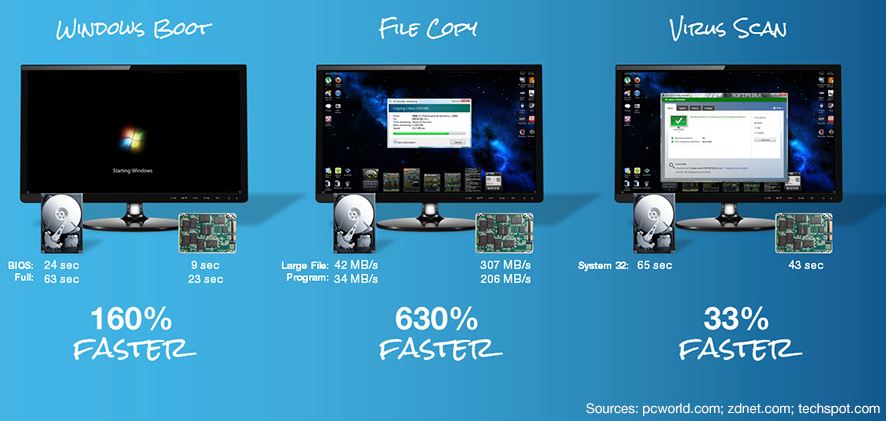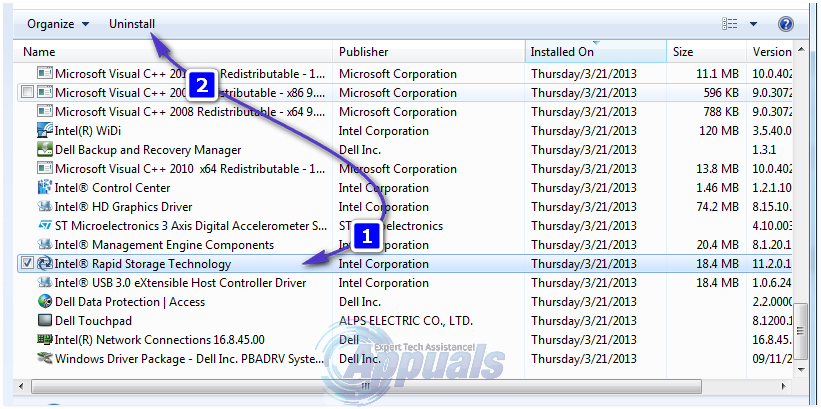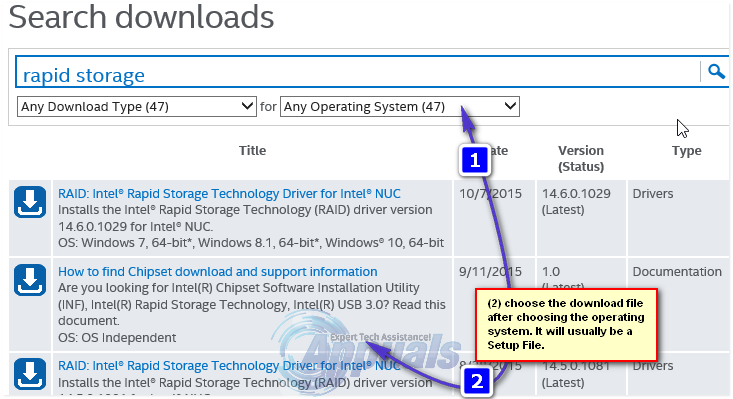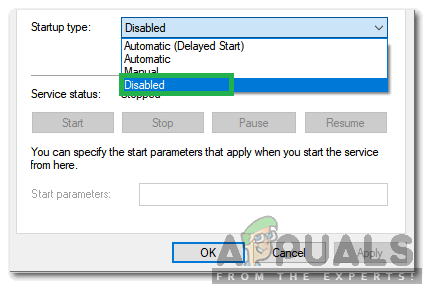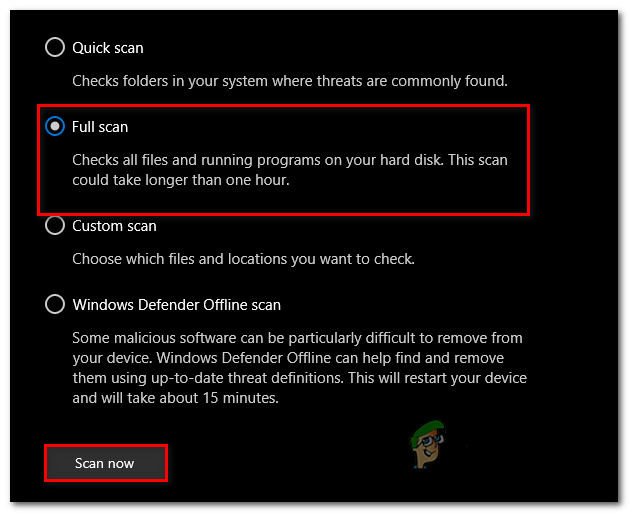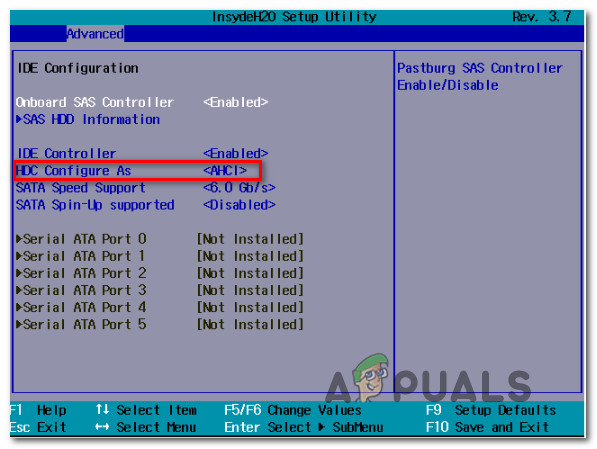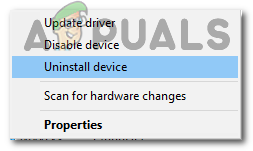Now since we know what they do; and the choice is ours whether to keep it or lose it, the questions are why is IAStorDataSvc consuming CPU more then it should; this is because the technology will save to. It caches your frequently used programs, and there’s a lot to it such as it may be building its cache index, clearing cache or upgrading cache, to save any new information. It has also been reported by some users that the intel rapid storage app might cause blue screen in some cases. If you decided to keep it, then let this process run for a couple of hours and if it still won’t fix it, then uninstall it and re-install. If you decided to uninstall it or stop the process then that is easy to do.
I decided to keep it, so how do I fix the High CPU Usage?
Method 1: Uninstall Intel Rapid Storage Technology
Hold the Windows Key and Press R. Type appwiz.cpl and Click OK.
In the list of installed programs, locate Intel Rapid Storage Technology, double click on it and choose Uninstall.
After it has been uninstalled, reboot your computer and come back to this page. (bookmark it). Now, Click Here to go to the download page for Intel Rapid Storage Technology, choose your operating system to have the downloads for your version of Windows listed, download it, run it and install it. That should fix the issue.
You can also hop over to the manufacturer’s site for your system to get the driver’s if you cannot figure out which one to use, the manufacturers download section for your product should list them specifically since they know how the system is configured.
Method 2: Stop Intel Rapid Technology Service
Each process that runs on your computer and almost every system application installed on the system has its own service running in the background that facilitates its launch on the operating system. Therefore, in most cases, stopping the service associated with the program can prevent it from running on the computer. In this step, we will be stopping this service and then we will check to see if doing so fixes the issue. For that:
Method 3: Perform a System Scan
In certain situations, it is possible that your system has been infected by malware or a virus attack. Some viruses, disguise themselves under the names of system applications so that they are not easily detected by manual checking and so that they can run in the background without interruption from the user. Therefore, in this step, we will be performing a system check using the Default Windows Defender and check if anything is wrong.
Method 4: Run an Antivirus Scan
It is possible that the default Windows Defender might not have acquired all the latest virus definitions and updates that are needed to properly isolate viruses and malware on your computer. Therefore, in this step, we will be using the Microsoft Security Scanner to check for any viruses on our computer. For that:
Method 5: Change Bios Settings
In certain situations, the issue might be fixed by reconfiguring some settings from the computer’s bios. The Bios controls the mode in which your storage devices function and if a certain mode has been selected which isn’t properly compatible with the hardware installed on your computer, this high CPU usage might be seen while trying to use it. In order to fix this:
Method 6: Ending From The Task Manager
A rather simple but temporary workaround to this issue is to just end the process from the Task Manager if it starts using a lot of resources on your computer. However, keep in mind that this doesn’t prevent the process from coming back and the fix might just be temporary. For that:
Method 7: Installing Older Driver
Most people that encountered this issue on their computers noticed that it only started popping up after they installed an update on their computer. Therefore, in this step, we will be uninstalling the current installation of the driver and reinstall an older version of it from the Intel website. In order to do this:
Method 8: Check for Windows Update
A Windows Update might just be the solution for you as most updates bring major bug fixes and patches that ultimately should improve the performance on your computer. Therefore, checking for a Windows Update seems like a decent thing to do if you are running into this issue because Microsoft and Intel are aware of this particular problem and might be working to fix it in a recent update. In order to check for updates:
I decided to uninstall it, how do I do that?
Hold the Windows Key and Press R. Type appwiz.cpl and Click OK. In the list of installed programs, locate Intel Rapid Storage Technology, double click on it and choose Uninstall. This should uninstall it, and stop the process from running. You can also disable just the service, but it would be best to uninstall it since it can be re-installed whenever you want. Note: After uninstalling, also make sure to clear out the junk files to get rid of any residue from the application.
How to Fix High CPU and Memory Usage By csrss.exeFix: Remote Procedure Call High CPU and Disk UsageFix: High CPU Usage by OneDrive ‘OneDrive.exe’Fix: High Disk or CPU Usage “Service Host Delivery Optimization”
